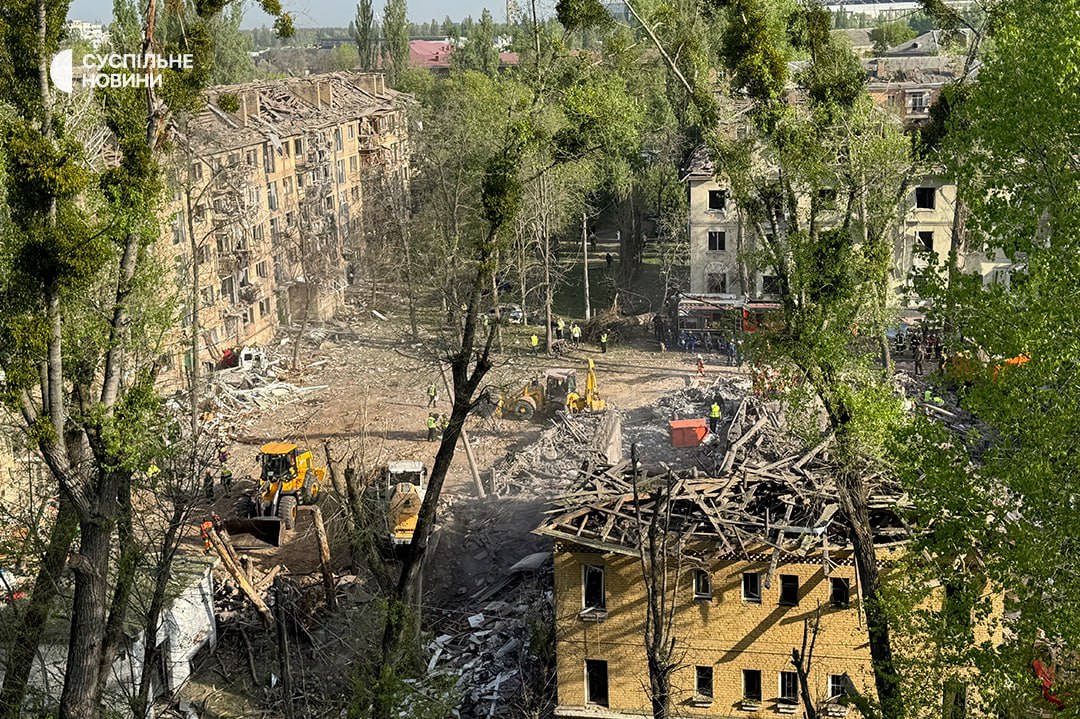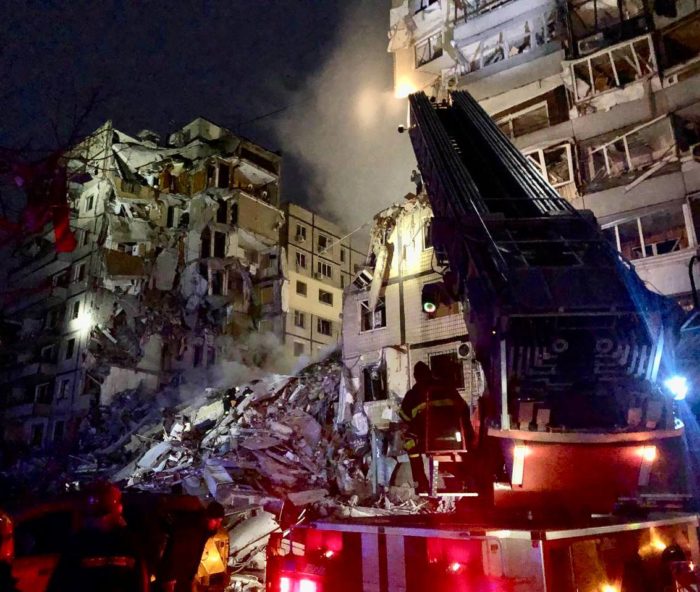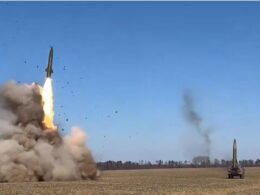On 25 April 2025, the UK Ministry of Defense stated in its intelligence update that Russia’s large-scale, coordinated missile and drone attack on Ukraine overnight on 23–24 April was enabled by a prior 30-day energy ceasefire. According to British defense intelligence, the temporary pause in major strikes allowed Russia to replenish its missile stockpiles, especially Kh-101 cruise missiles, which had only been used twice since March.
The UK report said Russian forces used Long Range Aviation (LRA) bombers, Black Sea Fleet assets, and Ground Force elements to launch a multi-vector strike package targeting Kyiv, Kharkiv, and other cities. The attack employed more than 200 munitions, including One Way Attack Uncrewed Aerial Systems (OWA UAS, referring to Shahed drones), at least 10 ballistic missiles (both domestically produced and acquired from North Korea), KODIAK Air Launched Cruise Missiles (Kh-101), and KALIBR Land Attack Cruise Missiles.
“This combination of munitions almost certainly sought to complicate and saturate Ukrainian Air Defence efforts,” the Ministry wrote.
Ukrainian Air Force officials reported that 112 munitions were intercepted during the attack, while others were neutralized via electronic warfare.
British analysts highlighted that the KODIAK system remains central to Russia’s precision-strike capabilities. The UK believes that the recent strike demonstrates Moscow’s intent to conduct high-impact operations with minimal warning, selecting moments when stockpiles are restored and the element of surprise can be maximized.
Read also
-
Final tally: 12 fatalities, 87 injuries in yesterday’s deadly Russian strike on Kyiv residential area
-
Russians target Ukraine with 70 missiles, 145 drones, killing 11, injuring 103 civilians
-
“Phones are heard ringing under the rubble”: Two children missing after Russia attacks Kyiv, kills 8, injures dozens (updated)
-
Putin admits deliberate attacks on Sumy, Kryvyi Rih, pushing back on Trump’s version






